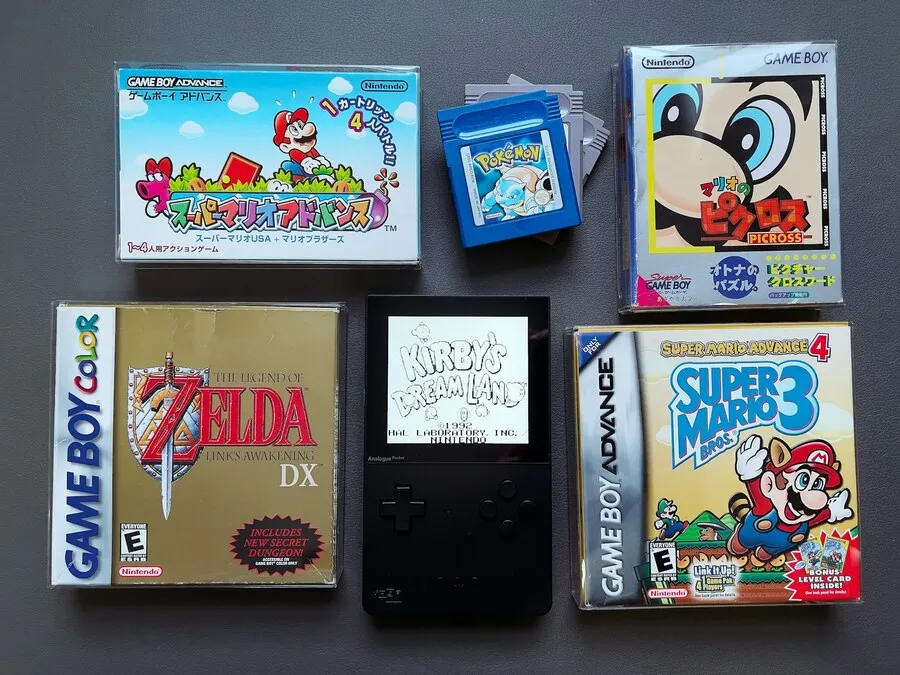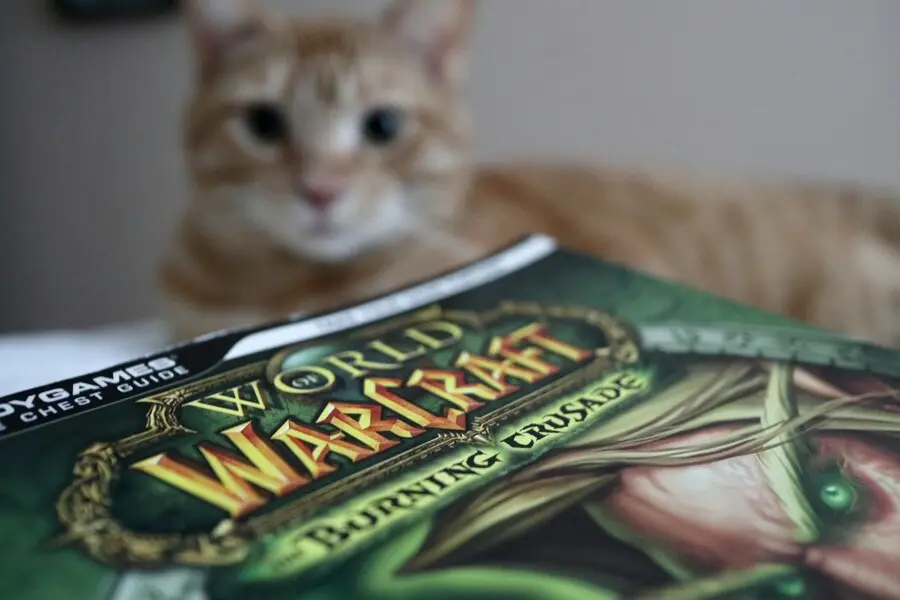Are you an assistant-to-authors or a do-it-yourself author? Do you include selling books to business organizations in your marketing program? You should.
By getting outside of the bookstore channel, you will have the potential of selling not just one book at a time but 1000s of books at a time. You’ll want to take advantage of these powerful strategies if you are…
- An assistant-to-authors, regardless of your title: Virtual Assistant, Virtual Authors Assistant, Book Coach, Book Shepherd, Online Business Manager, Author’s Assistant
- A published author who desires to help more people through higher book sales
- A published coach, consultant, speaker or trainer who wants to catapult your reputation and open opportunities to sell other products and services
- A published author who wants to make serious money by selling books by the 1000s at a time
- A published author with disappointing book sales who wants to recover your financial investment in your book
- A self-published author who wants to leverage better sales into acquiring additional sales channels or a publishing house
- A published author who is ready to update an existing book but needs to sell the remaining inventory of the current version to help finance the update
- An aspiring author who is looking for direction about what kind of book will be attractive in the marketplace
- An aspiring author who knows you will be much more successful if you plan ahead about how and to whom you will market the book before and during the creation of it
Why Authors Get Frustrated with Book Sales: The Bookstore Trap – Boxes of Books with Nowhere to Go
If the author is like most, the process of writing and getting the book published was a painful experience, whether it was self-published, the author was able to get a traditional publisher or opted for a print-on-demand publisher. It took far longer and far more effort than was ever imagined it would.
Next the author may have experienced the “post-partum blues,” the separation anxiety that comes with the book finally being “delivered,” a vague empty feeling.
After the author got his or her life back to some semblance of normalcy, the day came when they fully confronted a realization. The books aren’t selling in any significant numbers. The author has boxes of books sitting in the garage or basement, the office, a warehouse somewhere. Sure, a few books have been sold at events, or a dozen here and there at book signings and such. But at that pace, the author in the storage business more than she is in the practice-building business!
The author begins musing, “What is the point of creating a book to help people and to promote yourself if nobody ever sees it? What’s the point of taking time away from my clients or other work to do book signings, only to sell a mere dozen or so books per event?”
Since the books aren’t going to sell themselves, the author may have made some efforts to figure out the book marketing and distribution business to try to break into bookstores, only to find it all archaic, complex and frustrating. She may even have gotten into a bookstore or two. But the books didn’t move, because nobody knows the books are there.
“I don’t have time for this!” the author probably exclaimed at some point. “This is not how I want to spend my life!”
But the reality is, if book sales are to be, it’s up to the author.
Welcome to the Bookstore Trap.
You’re not alone. The vast majority of authors have a disappointing publishing experience. At The Book Standard Summit 2005, Nielsen Bookscan reported that 93% of the books sold at retail in 2004 sold less than 1000 copies!
Self-publishers don’t do as well. Overall, the average self-published book sells around 250 copies! (Granted, it allowed them to get their book published when it probably wouldn’t have been published otherwise. )
The problem is that most authors and independent publishers focus almost exclusively on trying to get their books into bookstores. Even if you’re initially successful in passing muster, if your marketing efforts don’t drive people to the bookstore to buy your book in significant numbers within the first 30 days or so, the books are going to be returned. Bookstores return some 60% of all books they order!!!
But There is Good News
Here’s the fact that I’m asking you to focus on to break out of the less-than-1000-copies bookstore sales trap: According to a Feb 2005 report from the Association of American Publishers, of the $23.7 billion of books sold in 2004, only 45% were sold through bookstores, the most competitive and challenging-to-penetrate channel for selling books. That means that non-bookstore outlets account for more book sales than bookstores!!!
So, if you learn how NOT to be dependent on bookstores for sales, you’re tapping into the majority of the book market (55%)!!!
So, What’s the Answer?
One of the most powerful strategies for tapping into the non-bookstore market is selling large quantities of books to organizations for use as incentives, the billion-dollar book portion of the $46 billion business gifts and incentives market.
The what? The incentives marketplace is that part of non-bookstore sales comprised of organizations – corporations, associations, charities, etc. – that buy books to use as a incentive (gift ) for customers and prospects or as an incentive to employees or channel partners. (Some people use the term “premiums” to differentiate the merchandise portion of incentives. That is, to distinguish merchandise from cash, travel, etc.) When these organizations buy a book, they order it by the 1000’s, the 10’s of thousands, even the 100’s of thousands.
A study conducted by the Incentive Marketing Association (IncentiveMarketing.org) among a broad spectrum of companies revealed that 82% of them used merchandise or travel as incentives. Even more significant, they reported an 80% success rate in achieving their goals.
Are Your Clients’ Books or Your Book a Candidate for Incentive Sales?
If your non-fiction book provides quality how-to information, if it inspires or entertains, if it’s well designed and put-together, it’s a candidate. Any corporation, association or other non-profit which has target audiences that match those of your book, and whose management feels your book reflects positively on its brand values, are potential candidates.
How Big are Incentive Deals, Really?
- As an incentive for joining their condensed book club, Reader’s Digest gave away 750,000 copies of Judith King’s Greatest Gift Guide Ever.
- Grossett & Dunlap offered Nancy Drew and Hardy Boys books as a self-liquidating (break-even) incentive on 20 million boxes of Post Raisin Bran cereal, resulting in the sale of over one million books!
- R.J. Reynolds distributed 1.5 million copies of the Great Trails Road Atlas as an on-pack (attached to the package) incentive offer on cartons of Marlboros to promote the image of the Marlboro Man.
Are all the deals that big?
No…
- U.S. West purchased 2,000 copies of Talking with Your Customers to demonstrate appreciation to their Yellow Pages advertisers
- Before the publish date, Kenneth Blanchard sent copies of Who Moved My Cheese to the CEOs of corporations. The Bank of Hawaii bought 4000, Mercedes Benz 7000, and Southwest Airlines 27,000.
- Judy Dugan sold 5,000 copies of her self-published book, Santa Barbara Highlights and History, to a Santa Barbara bank who gave a copy to every customer who came in to a new branch opening
The Average Size of Deals
According to MotivationShow.com, most of the sales of books as incentives start at a quantity of 5,000 books and goes up from there. That’s at least 5,000 people benefiting from having your expertise in their hands and each of them telling probably 5+ other people about it.
And if you personally made a net profit – after production and shipping costs, which the buyer covers – of $2 a book, that’s $10,000
$2 a book = $20,000
$4 a book = $40,000
And what if they wanted 30,000 copies of your book or more? Such deals are happening all year long.
So, Giving Things to Customers is Pretty Much How Organizations Use Incentives?
There’s a real “whew” list of ways. In a 2003 study by Louisiana State University and Glenrich Business Studies, 2000 randomly selected promotional product distributors ranked usage of promotional products in different types of programs as follows:
RANK USAGE CATEGORY
- Business Gifts: Gifts to foster customer goodwill and retention
- Employee Relations & Events: Morale and motivation, corporate/employee events, employee orientation, organizational commitment/corporate identity, corporate communication, employee training (other than safety), employee referral programs
- Trade Shows: Trade-show traffic generation
- Brand Awareness: Promotion of brand awareness and brand loyalty
- Employee Service Awards: Anniversary recognition, service awards, etc.
- Dealer/Distributor Programs: Dealer incentives, co-op programs, company stores
- Public Relations: Corporate involvement with community, fundraising, sponsorship, school programs, media relations, corporate image
- New Customer/Account Generation: New customer or new account generation
- Internal Promotions: Sales incentive, TQM/quality programs, productivity, inventory reduction, error reduction, attendance improvement
- New Product/Service Introduction: New product or service introduction
- Safety Education/Incentive: Employee safety and education
- Not-For-Profit Programs: Not-for-profit use for fundraising, public awareness campaigns (health, environment, public safety, etc.)
- Customer Referral: Customer referral incentive programs
- Marketing Research: Marketing research, survey, and focus group participation programs
So, How Big are the Benefits to the Author of Selling to This Market?
You be the judge:
- It’s likely to be the best thing you’ve ever done to promote your practice and other products and services. Success provides you greater exposure, credibility, pride and self-confidence
- Unlike bookstore channels, you have little or no competition! Because authors and independent publishers don’t understand this market, organizations receive very few, if any, proposals. Present yourself professionally and persuasively (with the tools I’ll give you) and you have a great chance at getting noticed and considered
- Selling to the incentives market is totally compatible with any other marketing or distribution program you’re doing. And it doesn’t matter if you self-published, used a traditional publisher or a POD publisher (more below).
- You can pursue the program even if your book isn’t published yet. If fact, in some cases, that may even be an advantage
- By building a track record of book sales, you open the door to other opportunities – traditional publishers, literary agents, other sales channels, partners, clients. It only opens other doors for you, while closing none
- It has a high Return-on-Time-Invested (ROTI). For the amount of time you would invest in, say, setting up and conducting six book signings – where you might sell a few dozen books at most -you can create multiple opportunities to sell 1000’s of books
- Unlike books sold to bookstores, books sold as incentives are non-returnable. You’re not left wondering how many are going to come back, and especially in damaged condition
- Selling to the incentives market is fast pay. While bookstores typically pay in 90 days or so, most incentive sales not only call for a deposit of as much as 50% – which should cover your printing costs by the way, so you have no out of pocket costs for printing – and payment of the balance within 30 days of delivery. That not only allows you to recover your investment in publishing the book, it allows you to invest in all the other things you want to do to build your practice
- Once you have a sales agreement or purchase order in hand for a bulk sale, it can be bid out to an offset printer to get the cost of production way down. If you’ve self-published, that dramatically increases you profit. If you used a traditional publisher, that gets the publisher’s cost down, so it may not make you more money, but it helps seal the deal because the lower printing cost allows you to offer a more attractive discount to the buyer
- While the offset printer is printing the books for your buyer, you can have him print additional copies you can use to fulfill orders from other sources. The much lower printing costs means you make more from every other book you sell to other sources
So with Many Benefits to Authors, and It Being Such a Big Market, Why Isn’t the Market Better Known to Authors and Independent Publishers?
- First, it’s because there isn’t a formal, organized channel to bring buyers and sellers together. Yes, there are a few incentive trade shows where buyers and sellers link up, but few authors and independent publishers invest the time and money to set up a booth there
- Second, it’s because independent publishers are primarily specialists in the traditional bookstore publishing business. It’s what they know. Few know how to target, approach or talk the language of the marketing and human resources managers who implement incentive programs in organizations
- Third, although some book marketing experts talk in their books, etc. about the importance and advantages of this market for authors, it’s typically a high-level overview amidst many other topics, not a specialized and detailed how-to program
Why Do Organizations Like Using Books as Incentives?
Lots of good reasons:
- Books, in general, have a much higher perceived value compared to most logo-imprinted products – things like notepads, paper weights, mouse pads, etc
- Books aren’t thrown away. They have a lasting presence, which means they provide the organization that uses them visibility over a period of time – and they love that!
- A book, especially a non-fiction book, allows an organization to demonstrate a desire to help the recipient because it provides useful information. That reflects positively on the organization in a world where people have become pretty cynical about for-profit companies at least
- Each book is unique. Organizations like things that differentiate them from their competitors, that tie into their brand personality and values they want to convey
- Books are relatively easy and cheap to ship because they’re small and lightweight. That saves the organization money over a lot of other options
- Last, but not least, books are customizable. Organizations do not just look at a book in its present form, but how it might be customized to accomplish their goals. It may be a sticker on the cover, a special offer loosely inserted, or a paper band around the book with a special message. But, for an order in the 1000’s of books, it’s definitely worth it to the self-publisher or publisher to customize it to suit their needs. Especially when the customer pays for the customization!
Are Incentives Sales Beneficial Regardless of How You Managed to Get Published?
Yes, with qualifications:
- If you are self-published (meaning it’s under your ISBN number), you’re in the best situation, because you’ll make more money and have maximum flexibility. You can make any kind of deal you choose to make. And the difference between your sale price and the cost of producing the book is all yours. This includes using Lightning Source, the leading, digital, print-on-demand printer
- If you sell 5000 books at a discounted, bulk price of $7 each and it cost you $3 each to do a quantity, offset printing of the book (which even Lightning Source will broker for you), you make $4 on each book. That’s $20,000
- Furthermore, you now have 5000 books out there building your reputation and driving customers to your practice for your other products and services
- If you used a traditional publisher, you’ll make less money than a self-publisher because you’re locked into whatever royalty structure that is in your publishing agreement
At that above bulk price of $7, you’d make an average of 10% of the $7.00 or $.70 per book. You’d make $3500 on the sale of the 5000 books. The publisher would keep the bulk of the profit.
Still, $3500 from that one deal is a whole lot more than the average author makes from his or her entire sales of a book. Plus you get the exposure.
If you used a digital, print-on-demand publisher (meaning it’s under their ISBN number), it all depends on the discount and royalty arrangement that’s in your publishing agreement. You’re at a significant disadvantage because you’re locked into the publisher’s relatively high, one-off digital printing structure and a relatively small royalty or commission.
Typically, you can’t offer as attractive a bulk discount price to the buyer because most POD publishing agreements don’t anticipate bulk sales and don’t offer deep discounts for high quantity printing. But again, you’re making more money than you were, and you’re getting exposure.
Note: check with your POD publisher. Some will broker quantity printing to an offset printer for you. But find out what they charge for same and if they’ll make an exception to your royalty arrangement.
If You Employed an Outside Publisher Will He Go along with This Program?
Most publishers are absolutely giddy at the news of a quantity sale of books. In fact, want to know a secret? Independent publishers of non-fiction books are often interested in our book sales program for themselves! (You could even plant the seed.)
After all, on one knows better than they do that the average book sells only 200 – 300 copies or so. They want to recover their investment in your book and make some money.
If you publisher balks at you’re doing this program for some strange reason, have him read this page or our FAQs. See what you can negotiate. If s/he still balks for some strange reason, look for a new publisher next time around.
What Are Your Options for Marketing to the Books-as-Incentives Marketplace?
- If you were published by a major publisher, their “special sales” department may take an interest in it
- You can have a booth at an incentives industry trade show where buyers are looking for incentive ideas. There is The Motivation Show nationally and state-by-state shows as well.
- You could advertise in incentive-buyer media
- The most realistic solution for most authors is doing a direct marketing program themselves. It takes minimal skills and a modest investment of time if you have the necessary knowledge and tools
One thing is for sure. Just one incentive program sale can pay the author big financial dividends and catapult his or her career like few other avenues can.
Source by Terry Roberts













